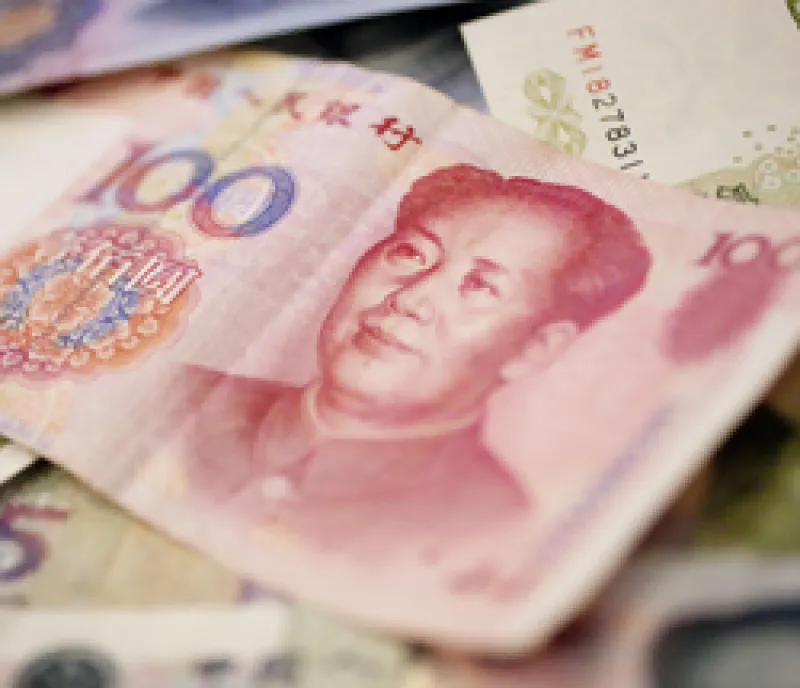
Yuan bank notes are arranged in Washington, D.C., U.S., on Wednesday, Oct. 20, 2010. The dollar rallied the most in two months yesterday against a basket of currencies including the euro and yen after China's unexpected increase in interest rates discouraged demand for assets related to economic growth. Photographer: Andrew Harrer/Bloomberg
Andrew Harrer/Bloomberg

